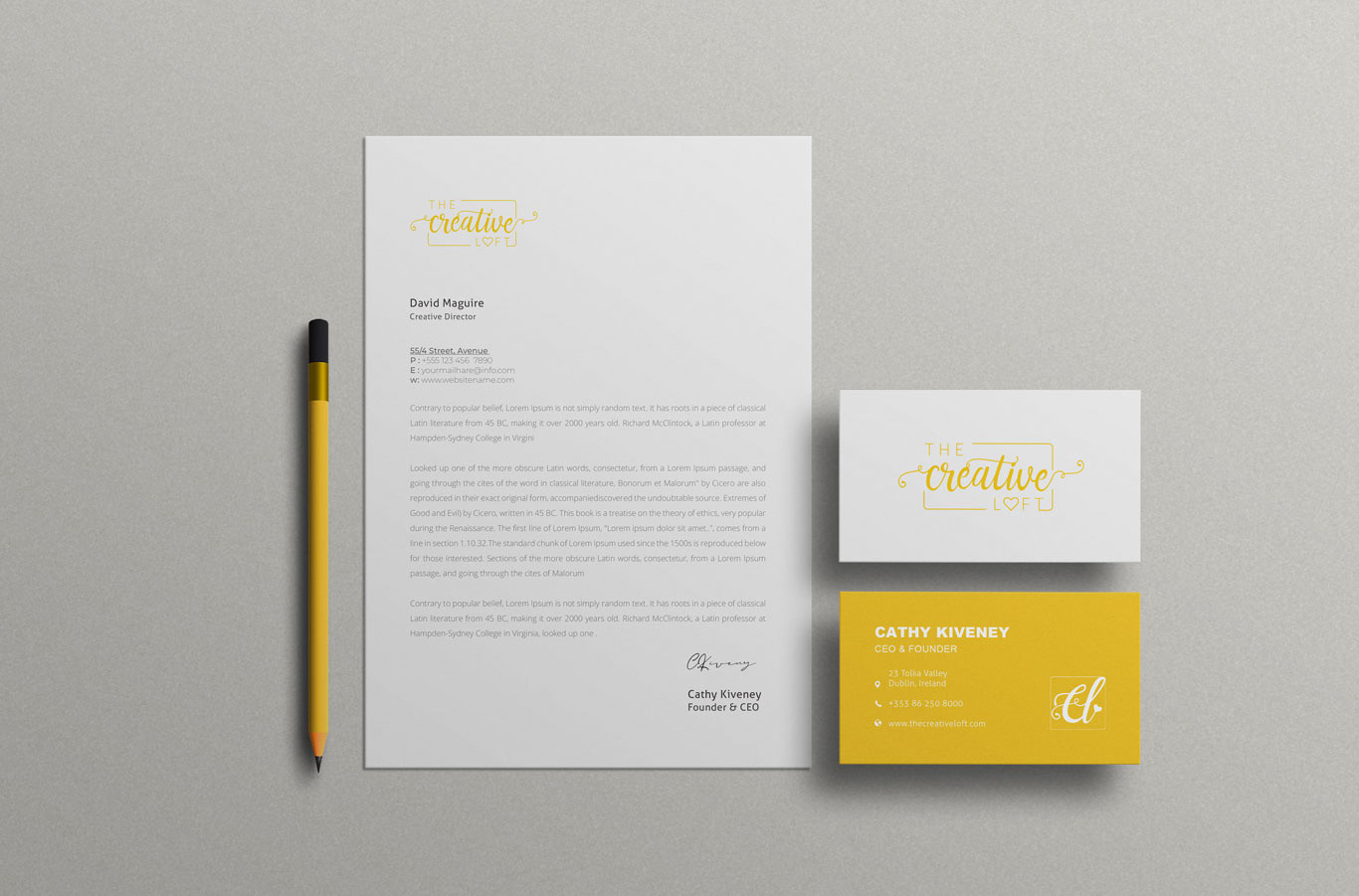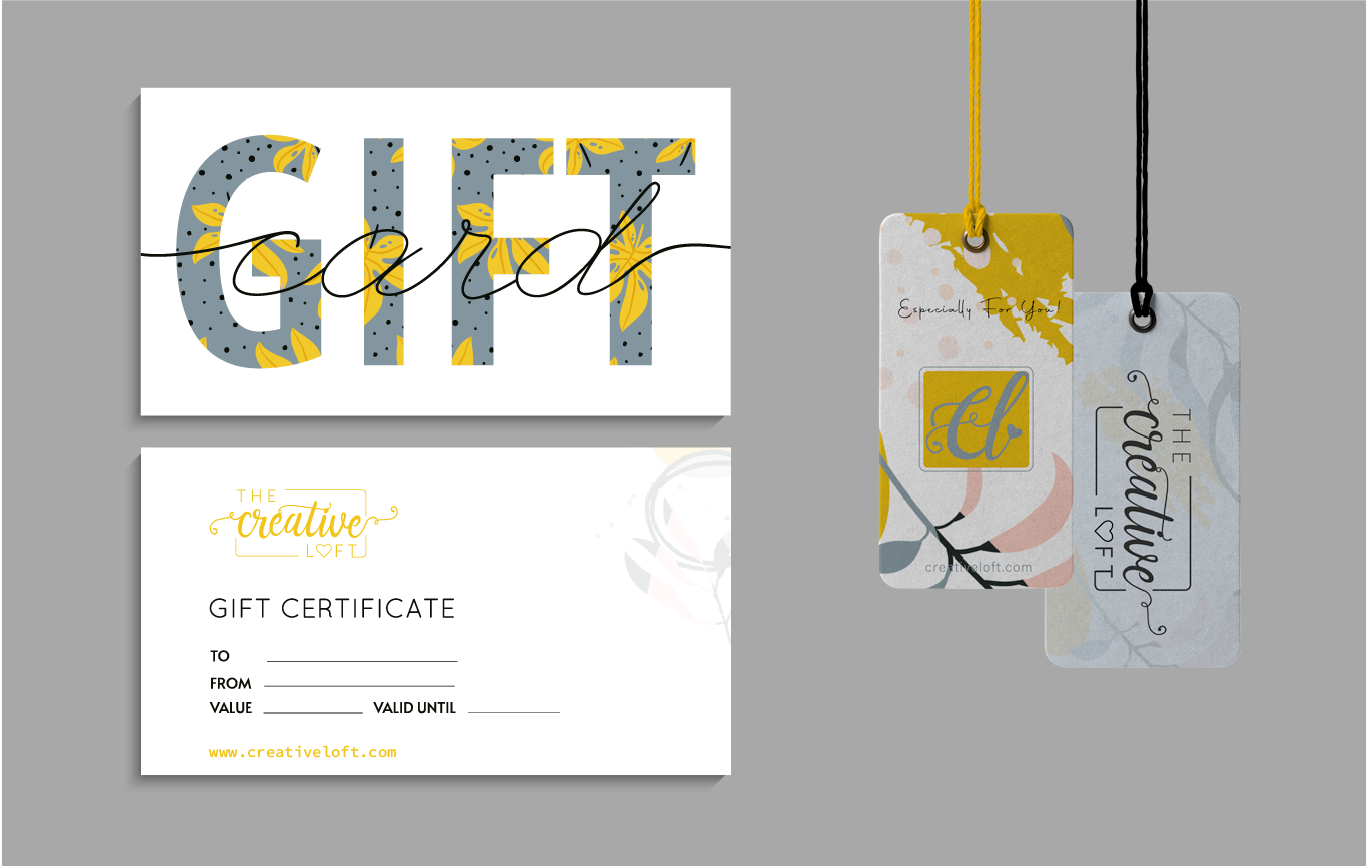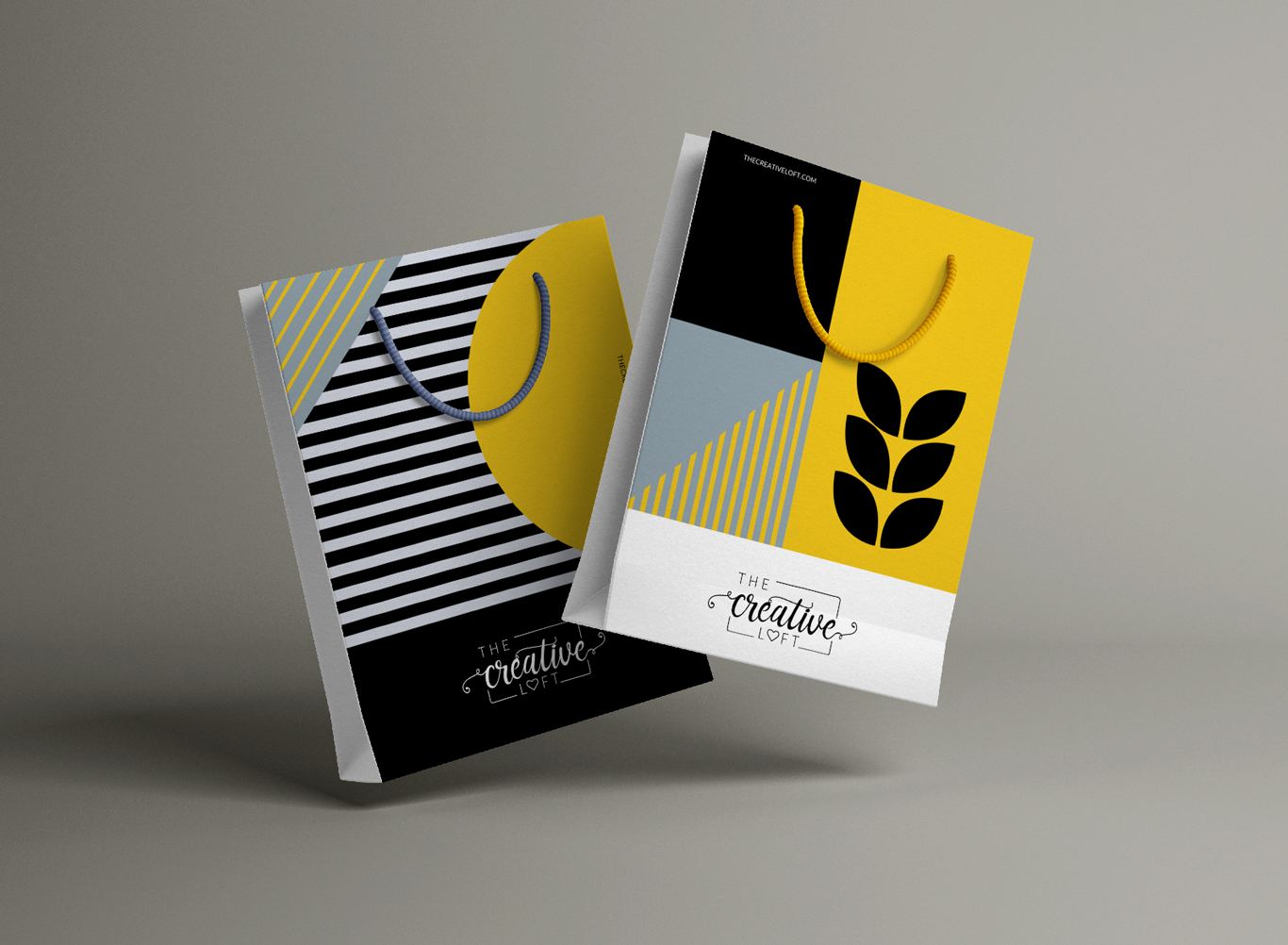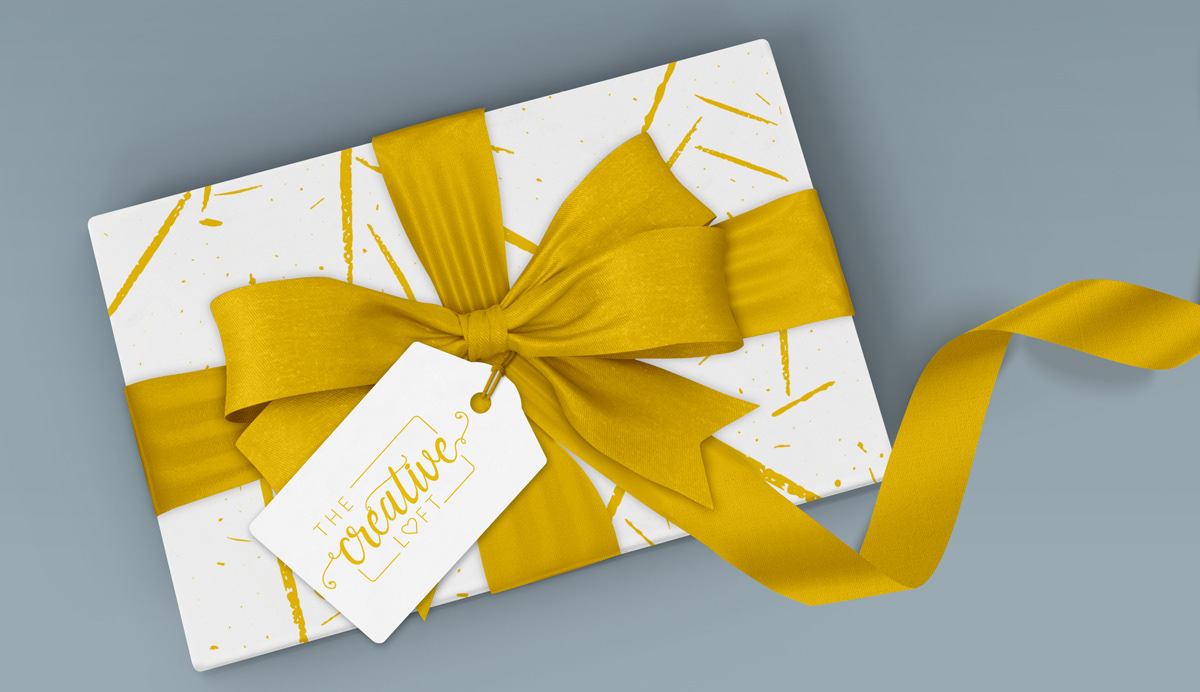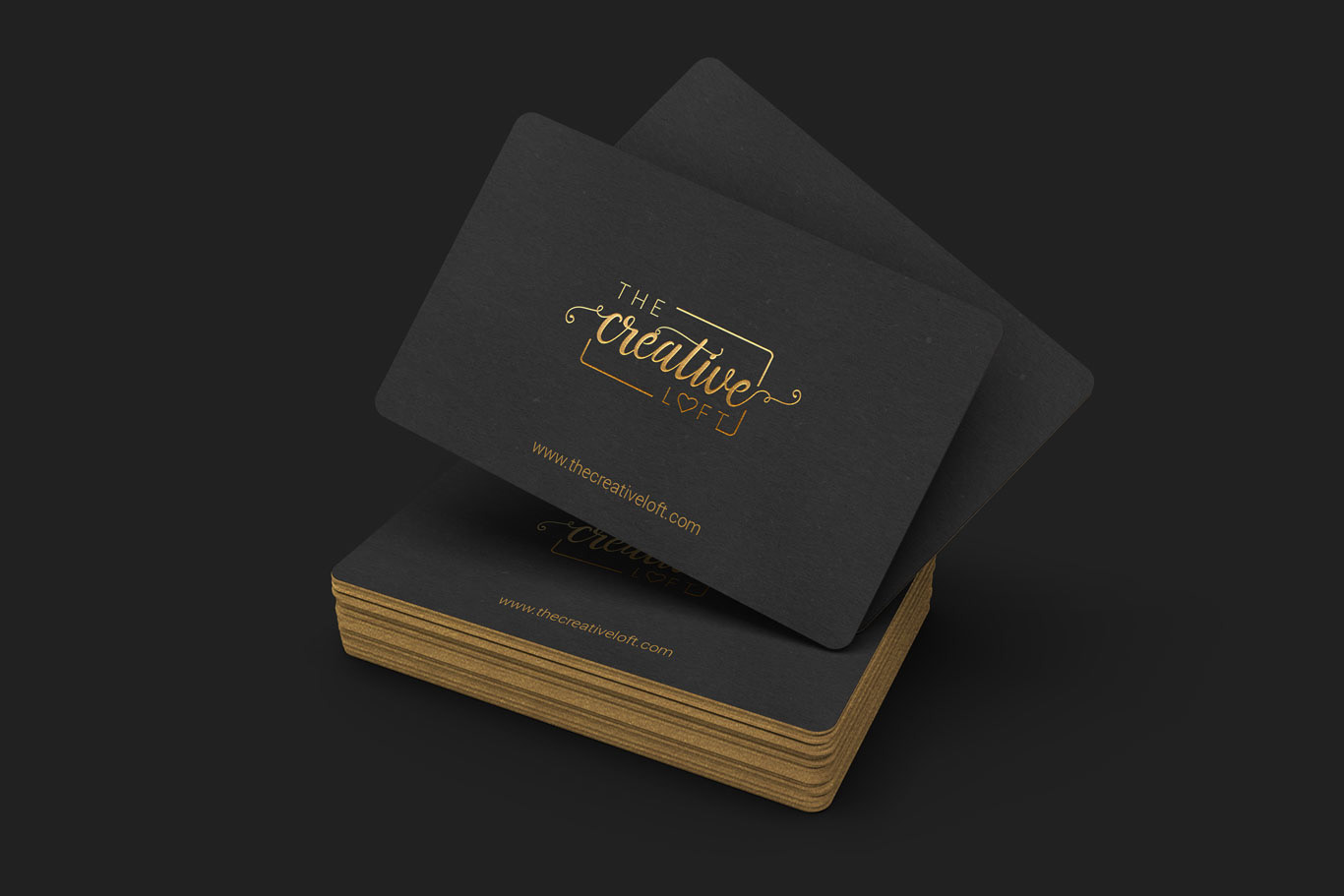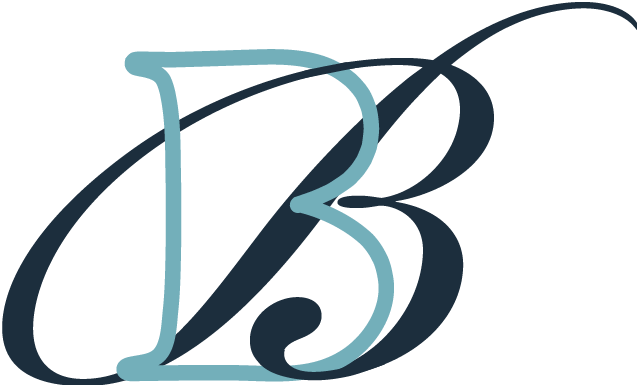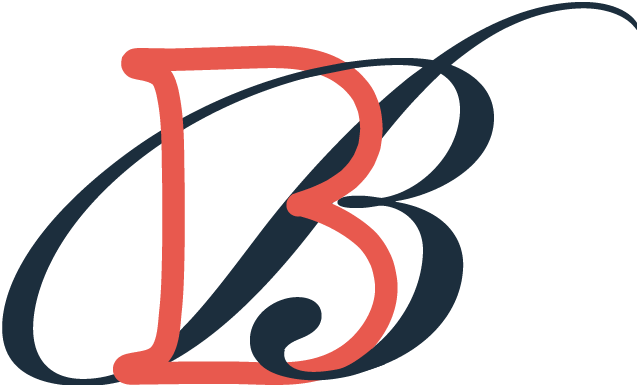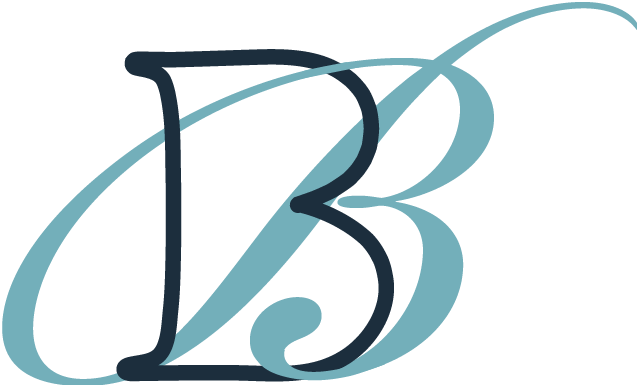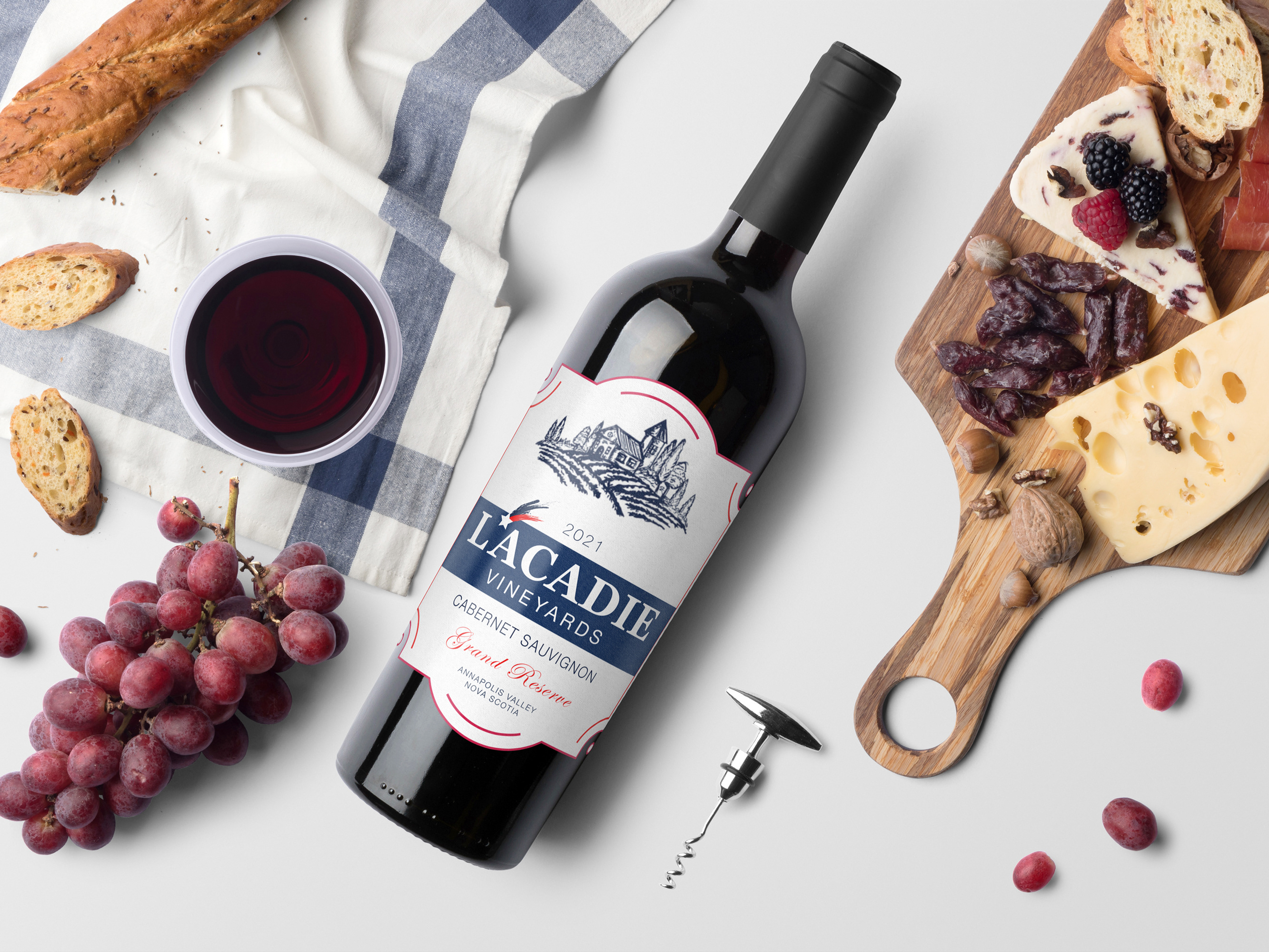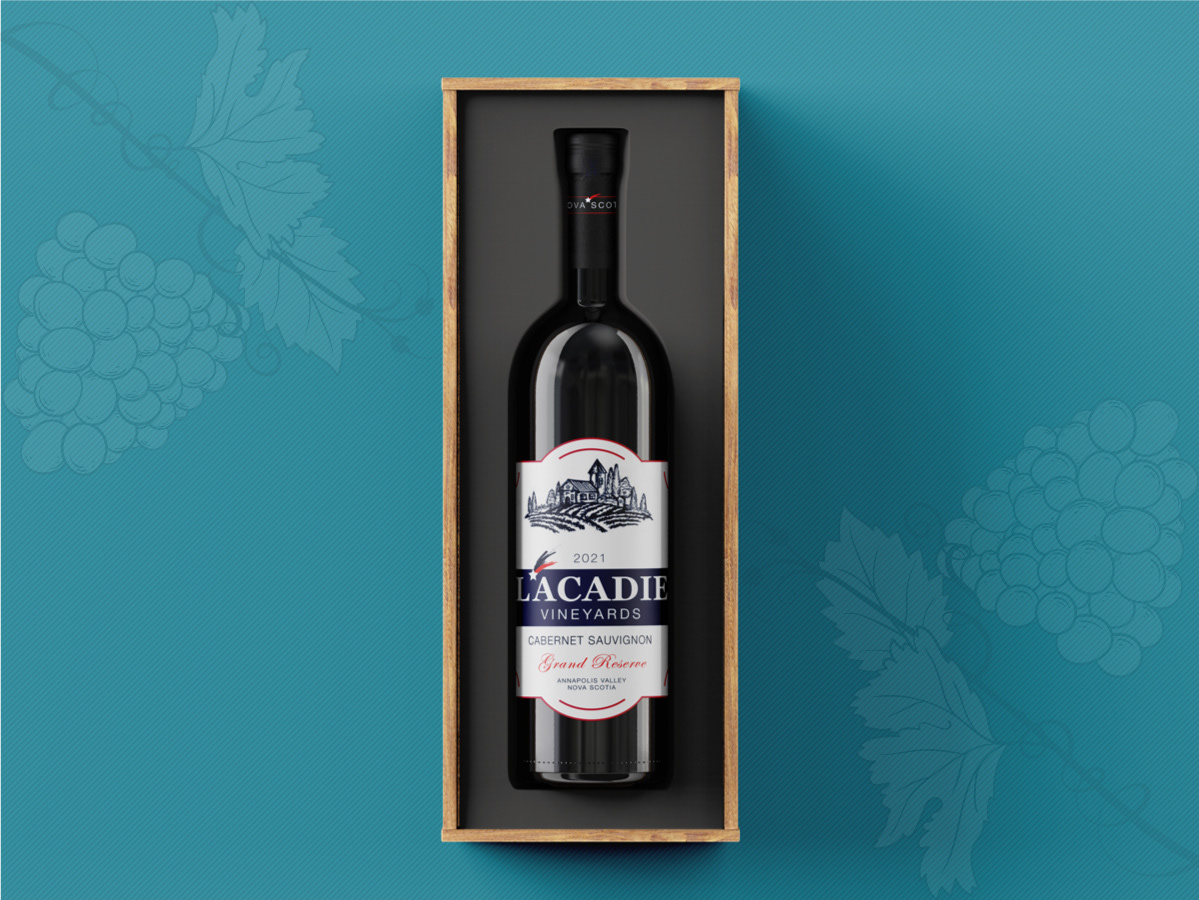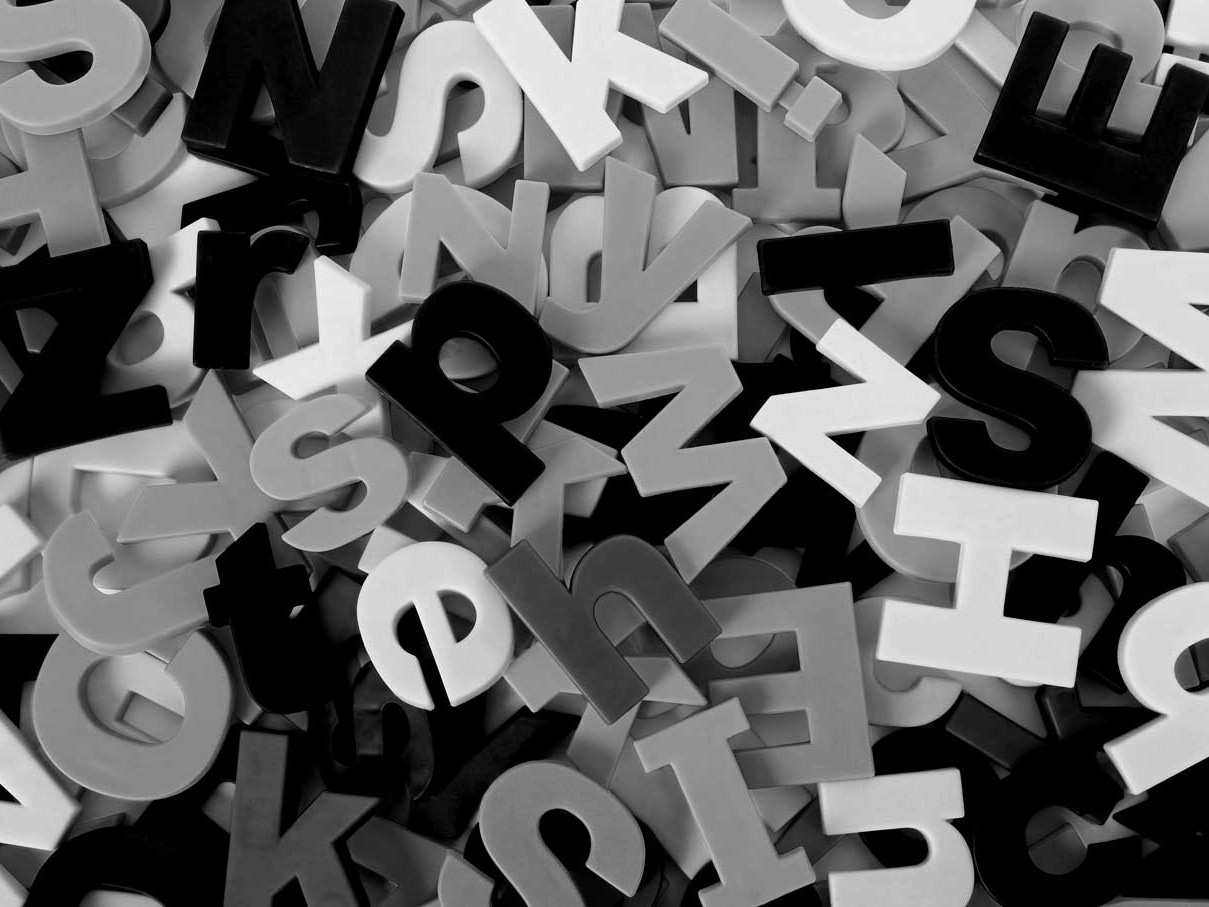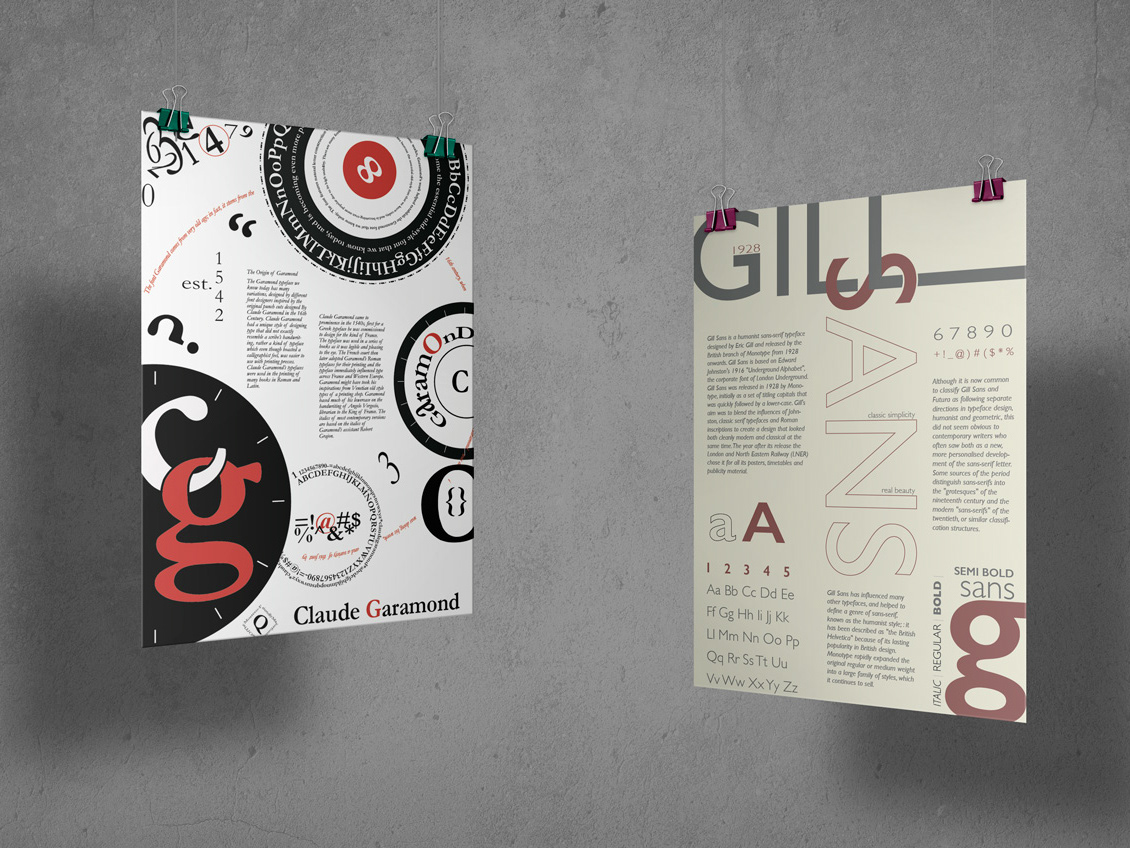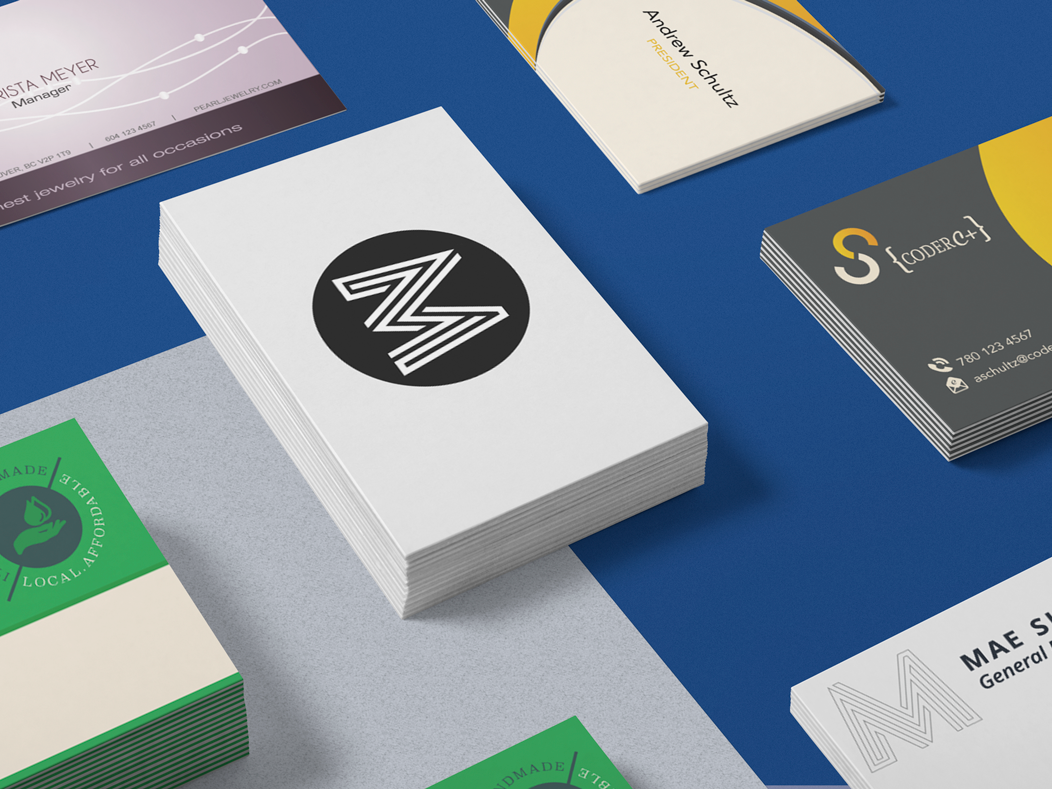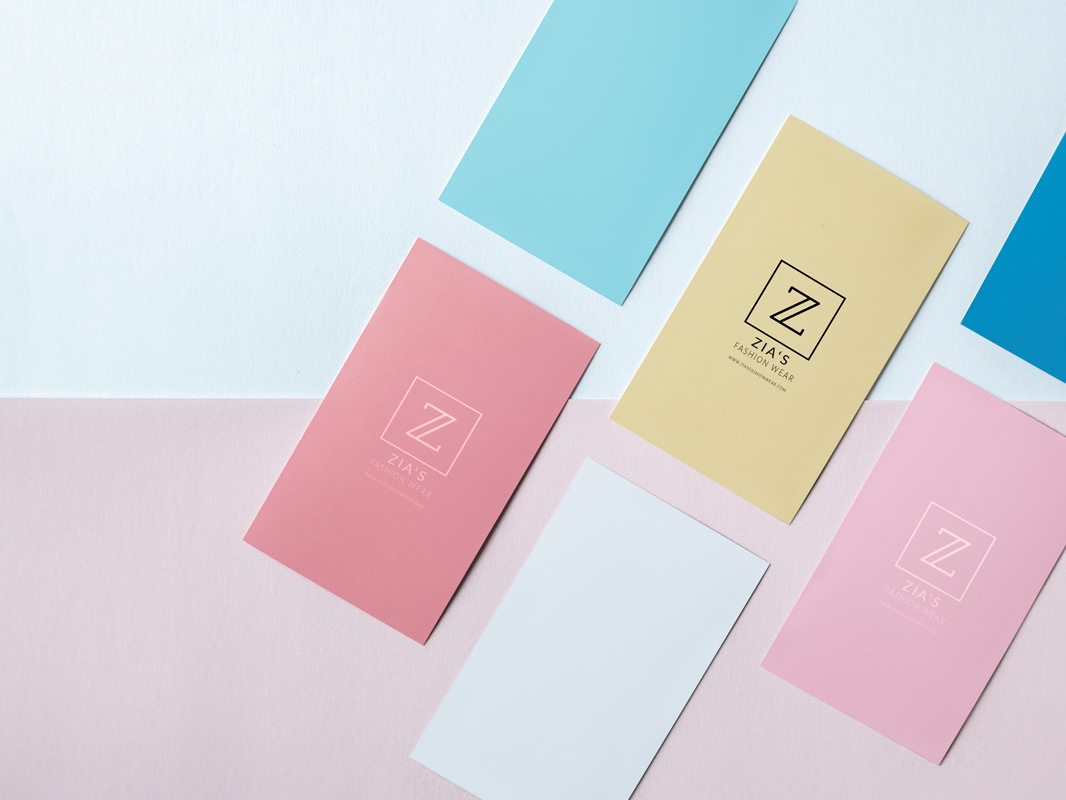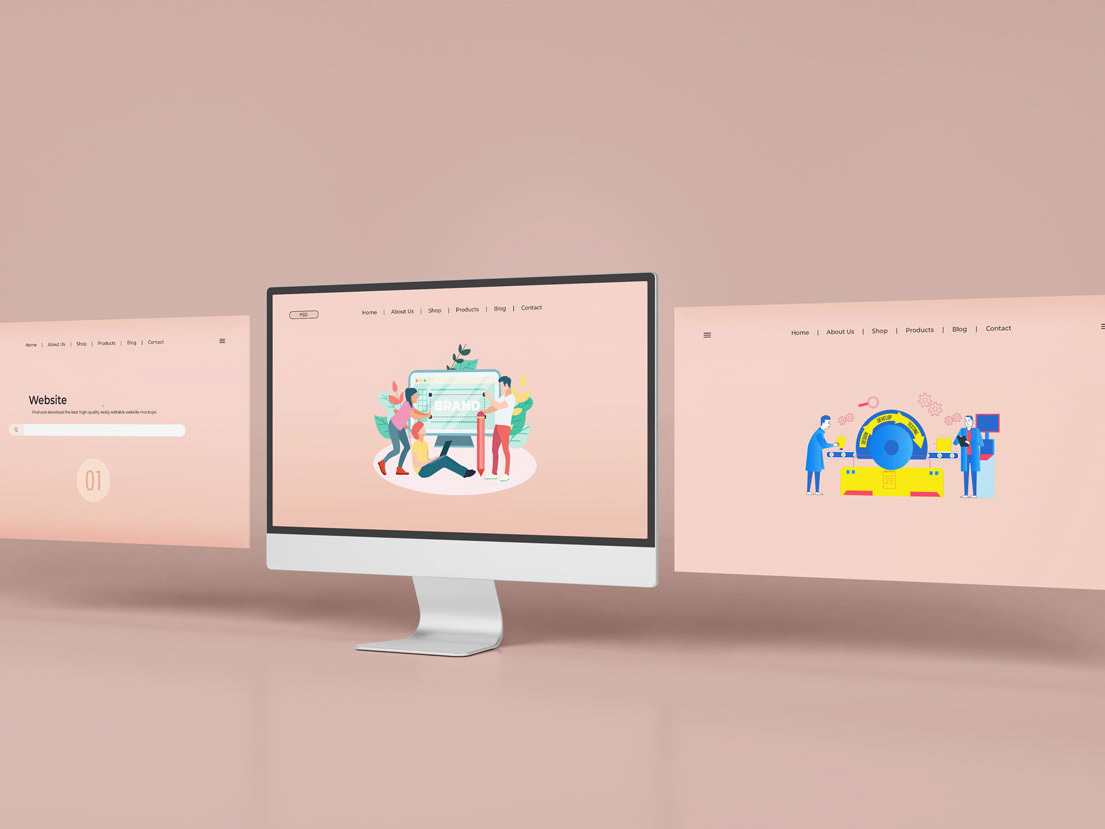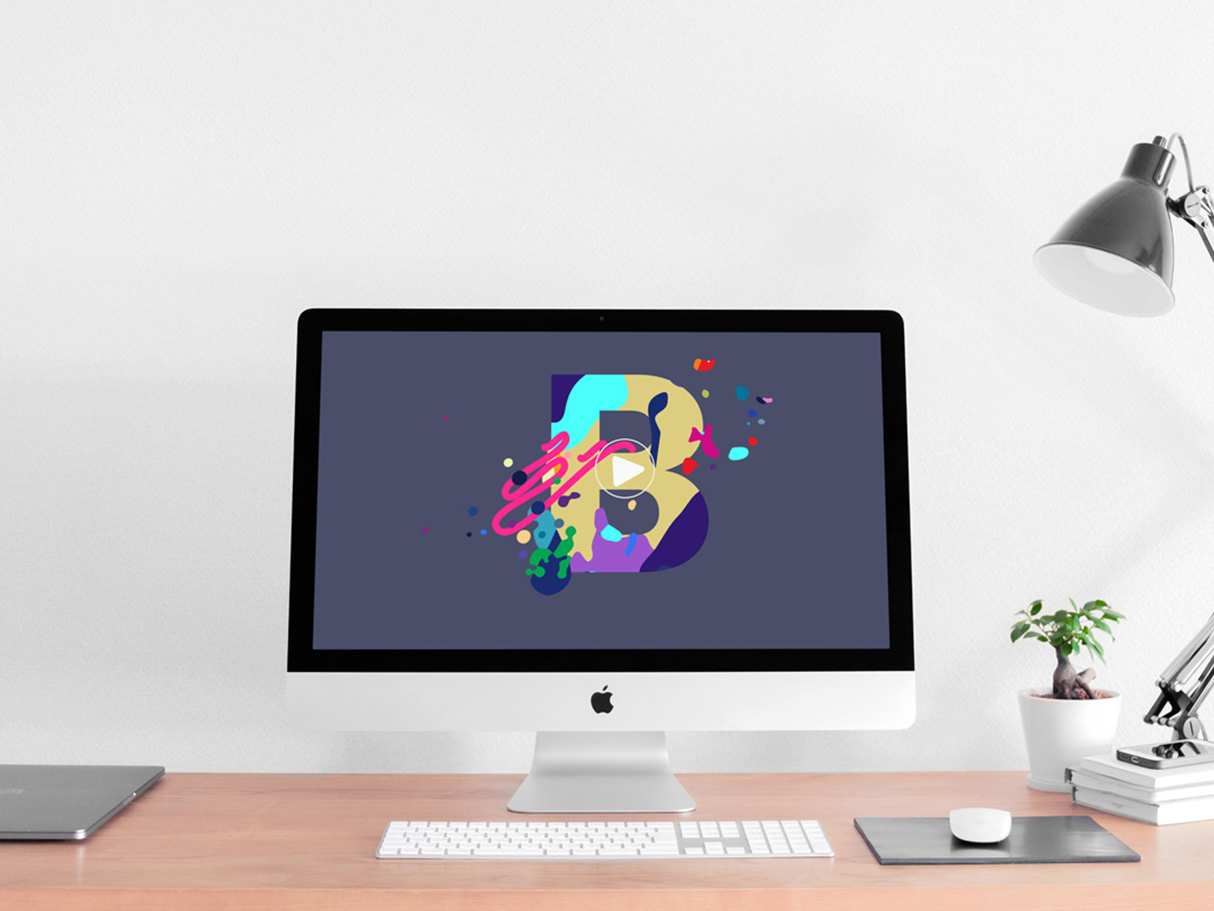Explore the timeless tradition of gifting, rooted in human civilization's origins. From cavemen exchanging unique rocks and animal teeth to modern-day celebrations like Christmas and birthdays, the act of giving has evolved to strengthen social bonds. Witness the progression from simple expressions of appreciation to the elaborate and decorative gifts that now define our diverse reasons for exchanging tokens of affection.
OVERVIEW
The Creative Loft, founded by Catherine Kiveney, addresses the gap in the market for custom gifts in her area in Ireland. Catherine identified the need for personalized items and embarked on a journey to create a one-stop destination offering unique, affordable, and quality custom-made gifts. From coffee mugs to occasion keepsakes, the business caters to both corporate and individual clients with a focus on mid-range pricing. Targeting females aged 25 to 55 with stable jobs, Catherine aims to appeal to customers who value meaningful and customized products. The long-term vision includes business extensions and regional branches, with the brand drawing inspiration from clean, modern design and versatility for seamless integration.
MY ROLE
I led the entire project, handling the creation of all deliverables and presenting the strategy and design for the logo and style guide to the client. I aimed to craft a compelling brand identity that seamlessly blended design and messaging to evoke emotions, align with strategy, and guarantee a cohesive and impactful outcome for Creative Loft. You can explore the detailed 48-page Brand Style Guide manual for more insights below.
THE BRIEF
This project aimed to craft a distinctive Brand Identity, encompassing a Logo Design and a comprehensive Brand Style Guide. The process involved an initial client meeting, leading to the creation of essential elements such as a Mind Map, User Persona, and Image Buckets detailing various aspects of the target audience's life.
Additionally, three style scapes and logo sketches were generated, with the top three logos presented to the client in the second meeting. The chosen logo underwent further refinement and application to suitable mockups.
The second phase focused on the Brand Style Guide, which outlined the usage guidelines for the selected logo. The guide covered aspects like company values and logo meaning, specified colours in both CMYK and Pantone values, designated typefaces, tagline, and addressed logo adaptability for different contexts such as large formats, mobile screens, and favicons. It also delved into logo positioning, extension for new business branches or locations, and the logo's application across print and digital mediums.
(When you scroll down below, you will see another version of a Brand Style Guide Manual for full viewing of each page in pdf format).
DESIGN PROCESS
The Brand Identity is like a business's distinct personality, shaping how it appears and communicates. It establishes a crucial connection with the audience, influencing customer attraction, retention, and loyalty.
The process involves five key phases: brand discovery, research, design, style guide creation, and brand implementation.
THE MIND MAP
Mind maps are a versatile tool in the design process, facilitating idea generation, visualization, and organization to identify crucial design criteria and patterns. They aid in making connections between ideas and can showcase various design elements like colour palettes, fonts, and logos to distinguish a brand from competitors.
Meeting with the client is a pivotal part of the design process, offering insights into the company's vision and needs. This interaction serves to ask thought-provoking questions, stimulating both the client's creative and business thinking. The goal is to uncover new ideas, provide strategic input, and establish a deeper understanding of the client's brand, preferences, and expectations.
THE USER PERSONA
IMAGE BUCKETS (EMPATHY MAP)
The empathy map is a user-friendly visual tool that condenses information about a user's behaviours and attitudes. When creating a map for users such as Caoimhe, allows me to view things from her perspective, understanding her goals and challenges. This tool is particularly valuable in the early stages of the design process, following user research but preceding requirements and concepts. Mapping out Caoimhe's experience helps synthesize research findings, uncovering profound insights into her needs. The empathy map acts as a helpful guide in constructing personas and connecting them to concept development.
STYLE SCAPES (CLIENT'S LANGUAGE)
Stylescapes are curated collections of images, textures, typography, and colours used to convey the aesthetic of a brand or design project. They go beyond traditional mood boards, serving as a bridge between designer and client to align on the design direction before actual creation begins.
When faced with a client's diverse design preferences, the designer aims to understand and clarify the client's vision through questions. In the second meeting, three Stylescapes were presented, each representing a different design style (Modern, Minimal, and Chic.) with user personas indicating Mild, Medium, and Spicy options.
The client provided specific feedback on each Stylescape, expressing preferences and dislikes for certain elements. Despite initial indecision between Modern/Industrial and Fun/Chic, the client appreciated the vibrant colours of the latter but also admired the modern feel of the former. The challenge for the designer extends beyond creating visual references; they must also sell a compelling vision to gain client buy-in. Ultimately, the client was torn between two distinct Stylescapes, showcasing the importance of effective communication and presentation in the creative process.
STYLESCAPES IN MILD, MEDIUM, AND SPICY
LOGO AND STYLE GUIDE
LOGO IDEA SKETCHES
Creating a graphic design often starts with sketching, a crucial step in the development of iconic logos. Many famous designs originated as rough sketches in a designer's notebook, evolving to meet client specifications. I follow a common practice of sketching ideas on paper before translating them into Illustrator. After a thorough understanding of the client's brand, message, and target audience, I create various logo drafts.
The process involves multiple iterations, refining elements like colour schemes, typography hierarchy, and curvature, until achieving a logo that powerfully represents the brand.
LOGO DRAFT
THE CHOSEN LOGO
The cornerstone of Creative Loft's identity lies in its new logo—a visual beacon that embodies the essence of the brand. The master brand corporate logo consists of two integral elements:
LOGO SYMBOLS/INITIALS ICON
The Creative Loft logo symbol incorporates the Noelan Script font, elegantly connecting the capital letter "C" and the lowercase "l." The inclusion of a heart shape at the end conveys the profound meaning of gift-giving. This distinctive heart symbol not only graces the logo but also finds a place in the title. It serves as a potent image, symbolizing the culture of design services and the interconnectedness of communication's strength and its various influencing factors.
LOGOTYPE OR TITLE
"The Creative Loft" title employs two typefaces to convey its distinct personality. The word "Creative" features Noelan Script, carefully selected for its clean, modern, sophisticated, and empathetic aesthetic. This typeface, with swirly or curved initials and terminals (which represent gift ribbons), adds a creative flair to the overall design. The other font, Sans Serif Lato (Regular), is used for "THE" and "L FT." This display font exudes a clean, warm, and sleek feel, ensuring high legibility.
The overall logo title maintains consistency with Noelan Script, while the "LOFT" word incorporates a heart shape in place of the letter "O," emphasizing the act of giving to loved ones. The chosen corporate colours, Yellow and Grey, blend seamlessly to create a fresh and captivating palette. This combination reflects a modern, chic, classic, and timeless vibe, aligning perfectly with Creative Loft's brand identity.
THE BRAND STYLE GUIDE
Here's a shorter version brand style guide manual for Creative Loft, spanning 10 pages (excluding the cover and back pages). Additionally, there's a more comprehensive 48-page brand style guide in a side-by-side PDF format button below. Click each image to enlarge viewing.
Below is the detailed 48-page Brand Style Guide Manual for Creative Loft in PDF format by clicking the button below.
LAUNCHING AND EVALUATING THE BRAND
This marks the final stage of the Brand Identity process. The client must grasp and embrace the recommended messaging and creative direction. Collaboration is key, involving all areas of the organization in defining the brand's direction. Implementation covers communicating brand position, verbal and visual assets internally, supported by style guides and online access. Brand education is essential in this phase.
After implementation, the focus shifts from creation to maintenance. Many organizations face the challenge of brand degradation over time due to fatigue with consistent messages and designs. It's vital to remember that when brand fatigue sets in internally, audiences might just be beginning to connect with the brand direction. Branding is a marathon, requiring ongoing attention to maintain its health, while also staying aware of subtle shifts in the competitive landscape.
THE MOCKUPS
